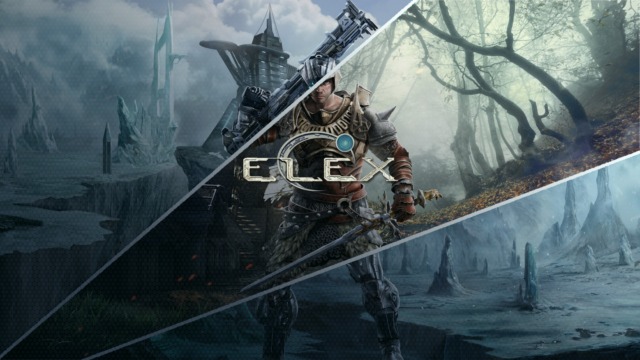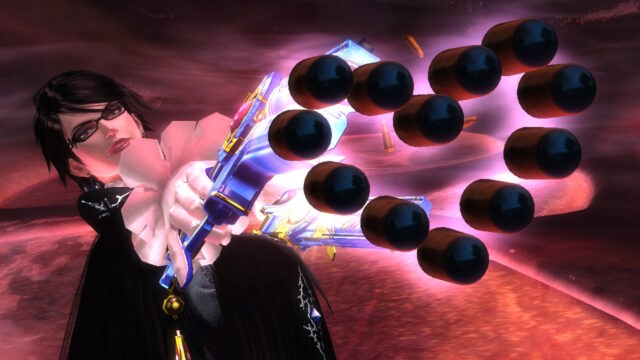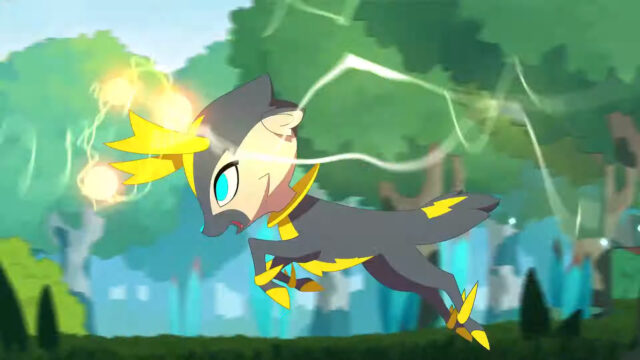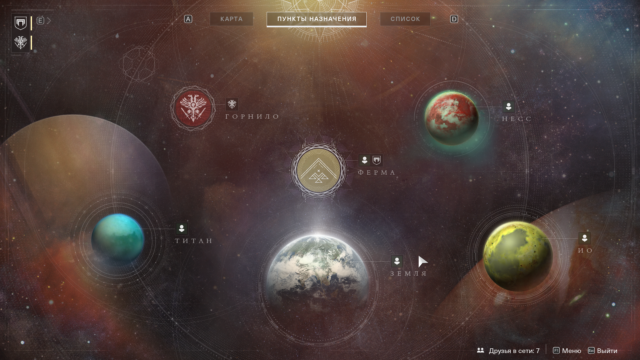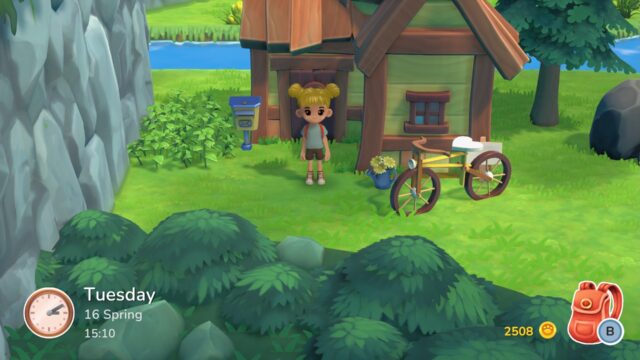The Swapper Review
What would you do if you had a small army of identical and completely obedient clones? I think we have all asked ourselves a similar question at least once (around the age of six), but we never really tried to imagine what it could actually lead to. The Swapper by Facepalm Games delves into this rabbit hole, which branches out into numerous ethical dilemmas and a couple of tricky puzzles. But what about balancing such a burdensome concept with an equivalent amount of, uh, enjoyment from the game? And here’s what I think about that.
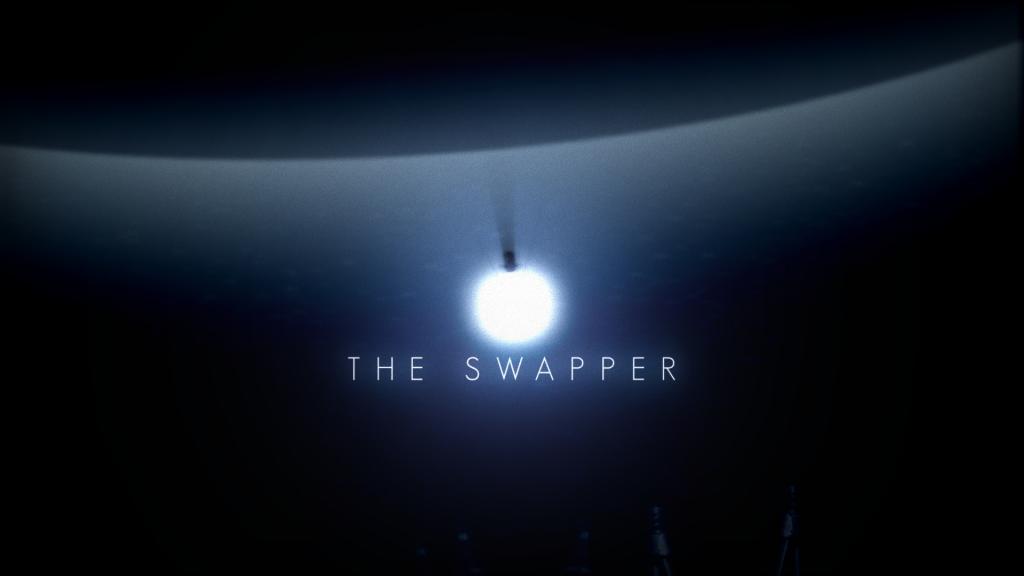
I have always considered the idea of the existence of an identical clone of myself – with the same thoughts, feelings, and memories – quite creepy. After all, what prevents such a creature from becoming “real” me? Or even better than me. I imagine coming home and there is another Max sitting at the dinner table, or rather, his Director’s Cut Version with Extra Scenes and Actor’s Commentary, and then he goes to the bathroom and brushes his teeth with my toothbrush, infecting it with his genetically modified bacteria. He turns my own technology against me. Leaving foreign, unnatural codes everywhere. And other people would accept this arrangement. I mean, why not? They don’t see the difference.
The Swapper explores many of these aspects, but also poses its own equally creepy question: with all these clones looming around, does the “real” me still exist? Or not anymore? And while my hypothetical doppelganger rises and overthrows me, the clones in The Swapper are like vessels. Shells that contain your soul at your will. Obedient little soldiers that mindlessly throw themselves into the abyss for your benefit (i.e. to solve another clever puzzle), gesturing, crying, and moving just like you. You watch your own death again and again, and again, and again…
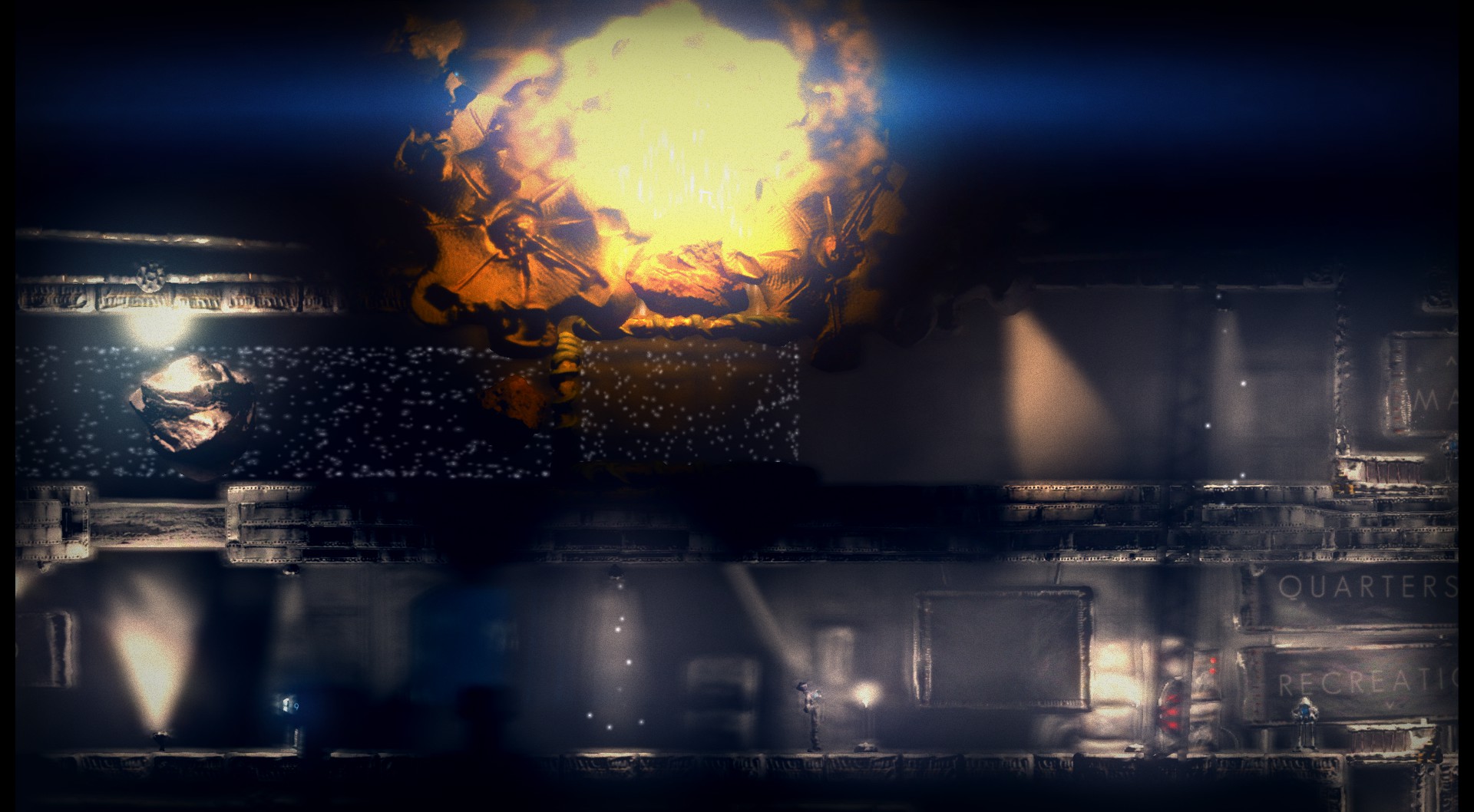
At first, this causes a real shock. I embody myself in one of the clones – leaving the other empty and abandoned, but still repeating every movement of mine – and carefully descend down the nauseatingly high cliffs. Fortunately, I finally reach the clay embrace of the old good mother earth and let out a sigh of relief, because after this descent, anything above a stool height causes genuine horror in me. And then I take a step forward. BOOM, CRASH, BANG. I completely forgot about the abandoned clone sitting on the rocky ledge above. He lands right in front of me, his limbs wildly jerking, free from the constraints that are usually imposed by simple human concepts of unbroken bones. The agony was accompanied by first-class sound effects, and it looked very unpleasant.
And then I thought that the game could have a moral element. Suppose it silently punished me every time a clone evaporated, shattered into pieces, or turned into coarse powder because of my fault. However, over time, this feeling faded away. In the end, all I could do was laugh at how instead of my clones, deep craters appear one after another. So many puzzles, so many ruthlessly destroyed duplicates.

But these puzzles are very, very, and very good!
The story and setting of The Swapper are intriguing, but the puzzles are simply outstanding. At first, they are quite simple – you have in your hands a gun-like device called the Swapper, which can spawn up to four clones at once. They mimic all your movements, and you can take control of any of them (using your “gun”) if they are within your line of sight. So it’s a positional game. You need to maneuver your obedient ants, directing them to platforms, switches, and the like, so that the “real” you can collect spheres that allow you to progress further.
But that’s just the beginning. The genre of The Swapper is somewhat of a Metroidvania, but not in the sense that you can’t take a step without stumbling upon an item or bonus that grants you another god-like power to SMASH ALL THESE CREATURES. It’s about developing your mental arsenal and gradually familiarizing yourself with the functionality of your “gun,” which opens up increasingly broader possibilities for unrestrained cloning. As I mentioned before, the game is quite simple at the beginning, but it doesn’t stay that way for very long.

Step by step, level by level, puzzles begin to grow with more and more elements. Different types of light block certain functionalities of your “gun”, transport beams move you and/or your clones from place to place at a speed that makes your eyes bulge, gravity flips upside down, and yet, you still need to move boxes. This is just a superficial sampling of the overlapping gears and screws that The Swapper loads into your finely tuned puzzle-solving mechanism (read: brain). At one point, I synchronized clones in such a way that they moved in opposite directions onto switches, and then the same thing from top to bottom, unable to transfer into their bodies and seconds away from turning into fragrant cosmic jelly made of skin and hair.
The Swapper can be very challenging, but it doesn’t throw reflex-based challenges at you like “you’re on the brink of death and trying to open a door that mockingly asks for a password”. It’s the kind of game where you simply set aside the controller and start thinking long and hard. This doesn’t mean the game doesn’t encourage practical experimentation, but be prepared for your brain to foam like a racehorse after a run once you solve another puzzle. After lulling your vigilance with a relatively calm beginning, the puzzles turn into monsters that lurk in the dark, waiting for the opportune moment to pounce on your cognitive abilities.
The Swapper doesn’t present its puzzles like, say, Portal and other recent “just look at this mind-blowing sci-fi premise” examples of the genre. Essentially, those games are like escalators that help you ascend, so skillfully that you feel like the Unquestionable King/Queen of the Intellectual Mountain. The Swapper wants you to earn that feeling. I haven’t encountered a single puzzle that was too much for me, but every step towards solving it was a true battle.
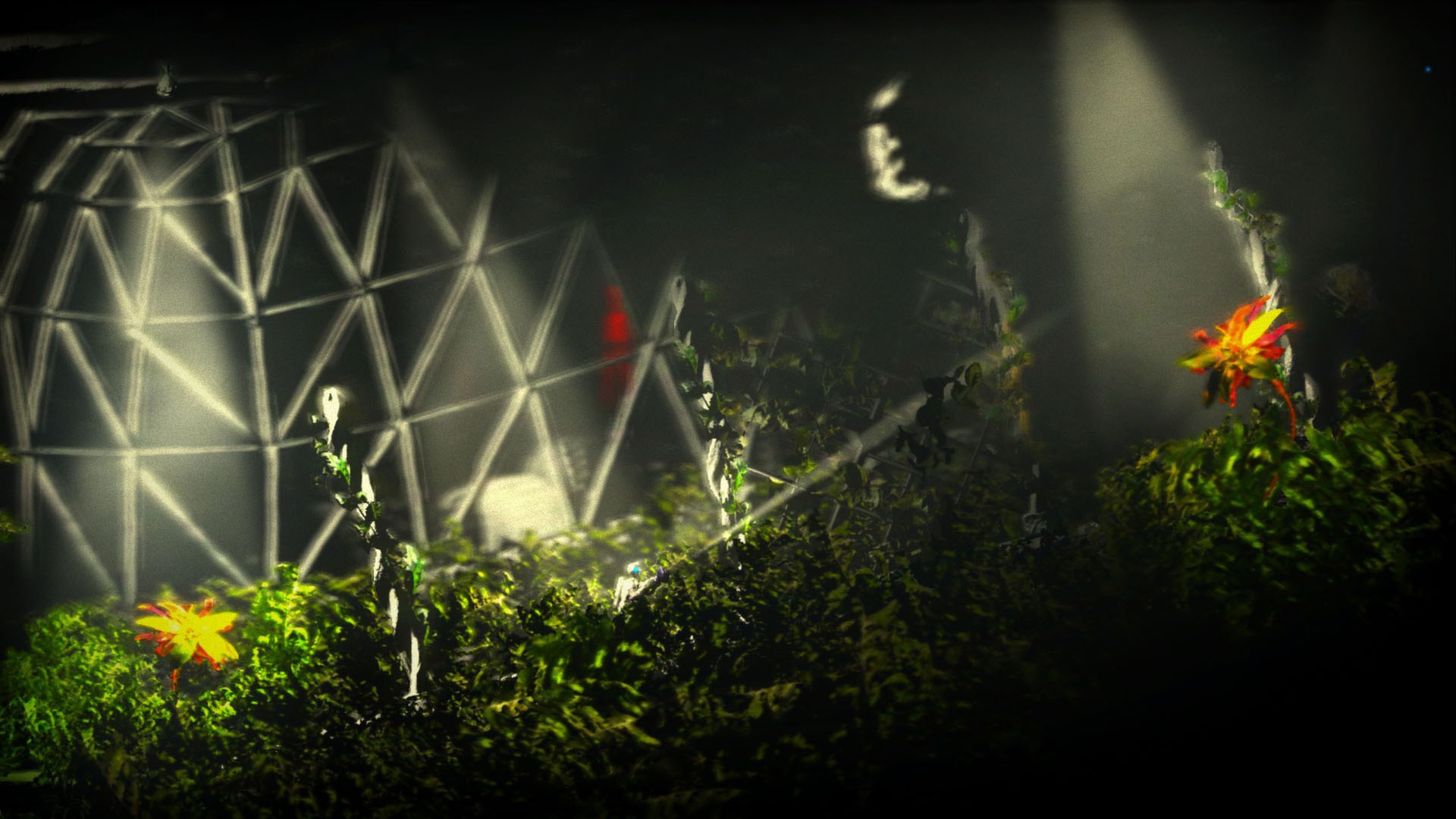
The game does not indulge in singular all-encompassing moments when you shout “Eureka!” and understand EVERYTHING. Instead, you have to make small observations and actions that are based on hypotheses, theories, and facts. Slowly but surely, the pieces of the mosaic come together to form a unified picture. And you think, “Ah! Now I understand everything! I just need to move this clone here, and then press this switch… wait, no. If I do that, another clone will fall and break, so first I need to move into that one and… I guess, walk him to the wall. STOP. Now I am definitely, probably, most likely sure!”
The level design is magnificent in that it focuses on the key idea. On that piece, which I am almost certain is crucial. It is a way of organizing the internal layout of the levels that puts you in a state of permanent experimentation and search for solutions. Think. Think again. Get stuck. Take a break. Go outside for a breath of fresh air. Eat ice cream… Wait, no. Pet the dog. Or maybe take a walk in the park, because that… And then you realize that this thought process has occupied your mind. And there is no way out.
Only a small handful of puzzles gave me their solutions almost effortlessly. But the remaining ones demanded perfection, especially in positioning. Sometimes it was one of the most frustrating elements of The Swapper – the puzzle would only come together if I moved my clumsy clones ever so slightly. But if I made a slight mistake, I had to run around, destroying or absorbing my corpses back (there is no Undo button in the game, as it would break the mechanics of a couple of puzzles), to start all over again. On the other hand, once you understand how a puzzle is solved, subsequent attempts to solve it do not take much time, but even such delays were not to the liking of my smoking brain.
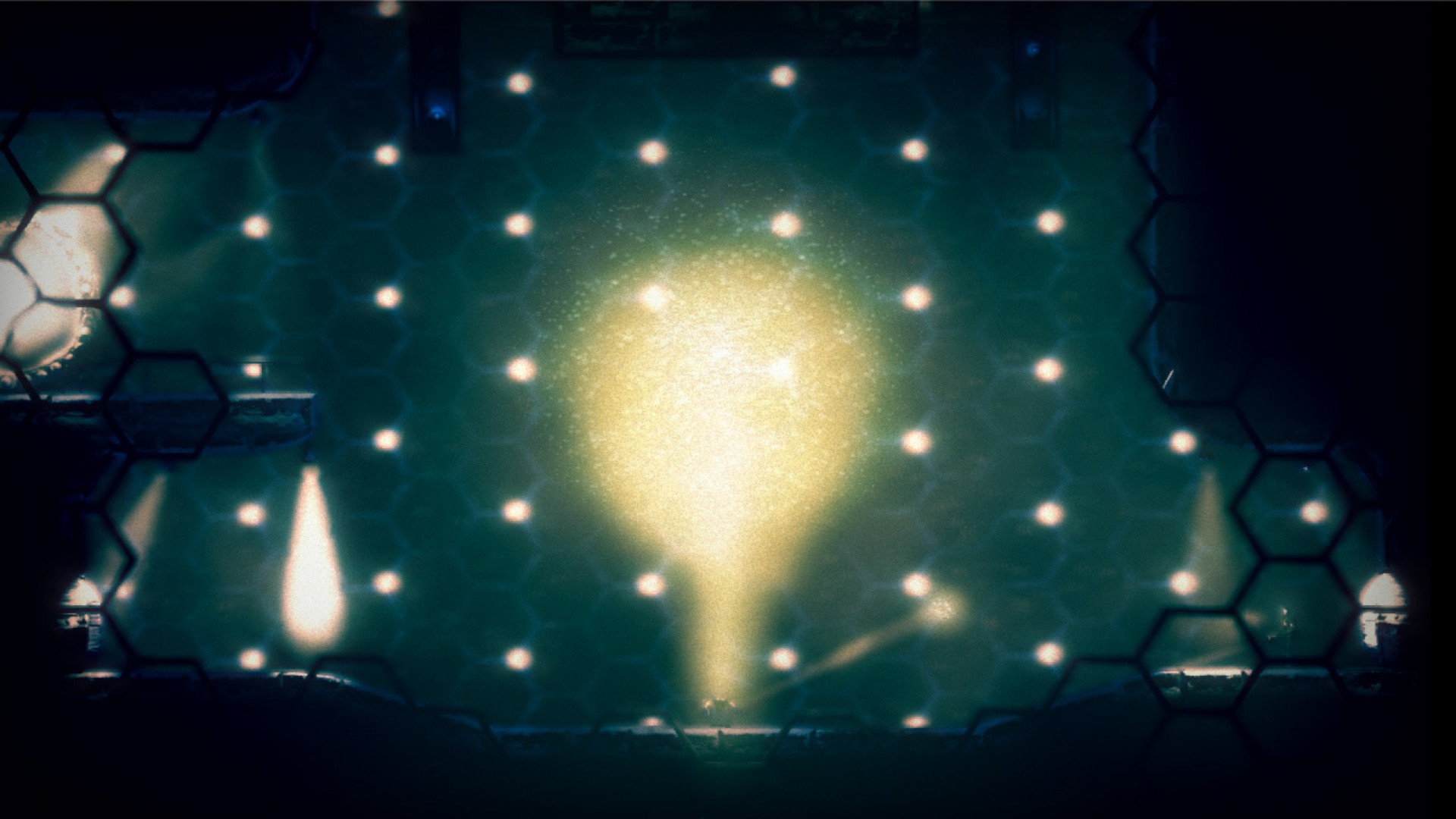
It must be admitted that not all puzzles deserve praise. Some were too silly or too simple. In addition, the section approximately in the middle of the game seems a bit saggy – no new elements, obstacles, tricks, etc. appear in the game. It is also worth noting that despite the creepy, suffocating, and reclusive atmosphere, along with the feeling of a large scale, which can be somewhat exaggeratedly described as “incomparable,” the most important thing in the game is the puzzles. The structure of The Swapper is recreated as if from a textbook on Metroidvania, but the plot hardly moves anything forward. It is presented in small doses through terminals with memories, which slightly improves the situation but does not dispel the feeling that the game leads you along a fairly linear path.
However, I wouldn’t say that this is necessarily a bad thing. The Swapper is an extraordinary game. You want to touch this bright and expressive image of a soulless cosmos, but the puzzles still remain the highlight of the game. Moreover, it is an extremely skillful combination of style and content, which remains so until the final credits, and after whispering “Goodbye,” leaving your smoking synapses to drift in well-deserved cryosleep. It is not a long game, but be prepared for it to consume you entirely – your mind, body, and soul. And then you will truly ponder what “you” really means among all these abstract concepts.
The Swapper is available on Steam..
Share
Discuss
More Reviews
